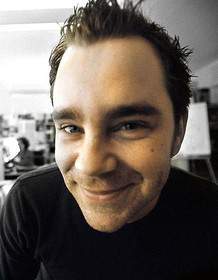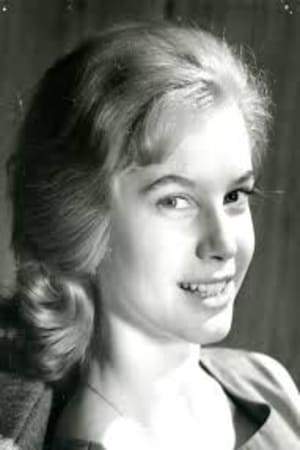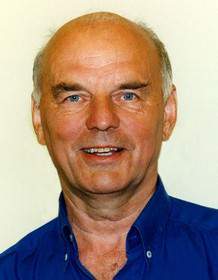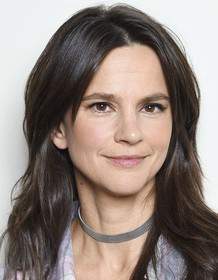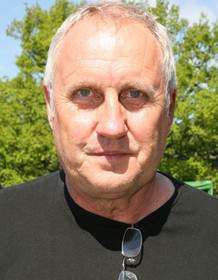My Life as a Dog 1987
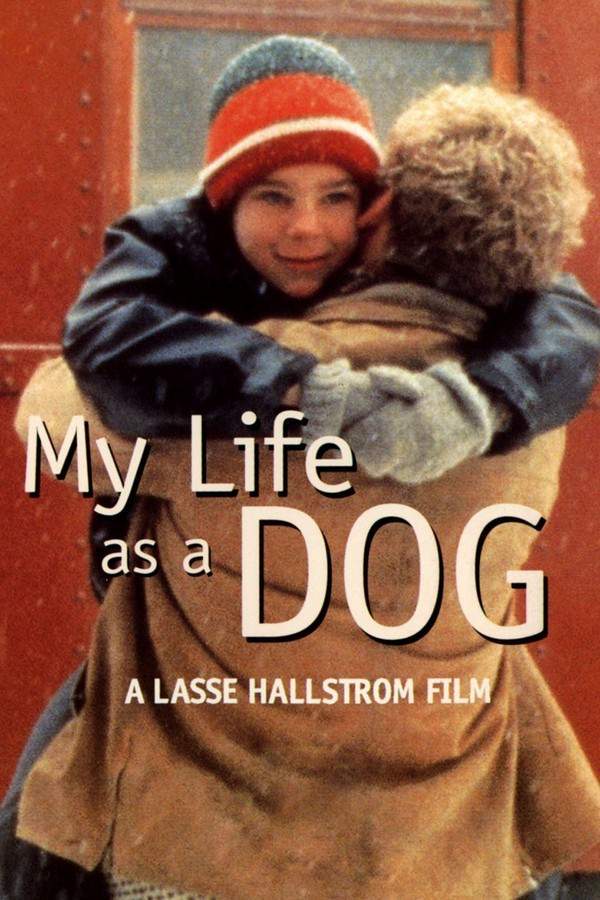
Set in 1950s Sweden, the film follows a perceptive young boy who observes the struggles of those around him. His life takes an unexpected turn when he’s placed in the care of his aunt and uncle. There, he experiences a blend of humor and sadness as he confronts challenges and seeks his place within a new family dynamic, ultimately exploring themes of identity and belonging.
Does My Life as a Dog have end credit scenes?
No!
My Life as a Dog does not have end credit scenes. You can leave when the credits roll.
Meet the Full Cast and Actors of My Life as a Dog
Explore the complete cast of My Life as a Dog, including both lead and supporting actors. Learn who plays each character, discover their past roles and achievements, and find out what makes this ensemble cast stand out in the world of film and television.
External Links and Streaming Options
Discover where to watch My Life as a Dog online, including streaming platforms, rental options, and official sources. Compare reviews, ratings, and in-depth movie information across sites like Wikipedia, Rotten Tomatoes, Metacritic or Common Sense Media.
Ratings and Reviews for My Life as a Dog
See how My Life as a Dog is rated across major platforms like IMDb, Metacritic, and TMDb. Compare audience scores and critic reviews to understand where My Life as a Dog stands among top-rated movies in its genre.

82
Metascore
8.1
User Score


100%
TOMATOMETER

90%
User Score
Take the Ultimate My Life as a Dog Movie Quiz
Challenge your knowledge of My Life as a Dog with this fun and interactive movie quiz. Test yourself on key plot points, iconic characters, hidden details, and memorable moments to see how well you really know the film.
My Life as a Dog Quiz: Test your knowledge on the heartwarming and poignant adventures of Ingemar in 'My Life as a Dog'.
What year does 'My Life as a Dog' take place?
1955-1956
1958-1959
1960-1961
1970-1971
Show hint
Awards & Nominations for My Life as a Dog
Discover all the awards and nominations received by My Life as a Dog, from Oscars to film festival honors. Learn how My Life as a Dog and its cast and crew have been recognized by critics and the industry alike.
The 60th Academy Awards 1988

Writing (Screenplay Based on Material from Another Medium)
41st British Academy Film Awards 1988

40th Directors Guild of America Awards 1988

3rd Independent Spirit Awards 1988
Best International Film
44th Golden Globe Awards 1987
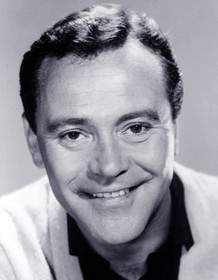

Best Original Song
Full Plot Summary and Ending Explained for My Life as a Dog
Read the complete plot summary of My Life as a Dog, including all major events, twists, and the full ending explained in detail. Explore key characters, themes, hidden meanings, and everything you need to understand the story from beginning to end.
The story unfolds in Sweden during the years 1958 to 1959, centering on Ingemar, a 12-year-old boy who finds himself in the midst of various escapades alongside his beloved dog. As he and his older brother Erik push the limits of their single mother’s patience, little do they know that she is battling a terminal illness. To allow their mother the necessary rest and recuperation, the siblings are separated and sent to live with relatives. Ingemar finds himself in a quaint rural town in Småland, under the care of his maternal uncle Gunnar and his wife Ulla, but is heartbroken to leave his dog behind, which is placed in a kennel against his objections.
During his time with Gunnar, Ingemar shares a special bond over the recording of “Far, jag kan inte få upp min kokosnöt” by Povel Ramel. As he navigates this new environment, he encounters an array of intriguing personalities. One of them is Saga, a bold tomboy of his age who shows her interest by sparring with him in the boxing ring. Among the town’s oddities is Fransson, a man obsessed with repairing his roof, and Mr. Arvidsson, an elderly neighbor who enjoys having Ingemar read amusing readings from a lingerie catalog.
When the boys are eventually reunited with their mother, their joy is short-lived, as her health rapidly declines leading to hospitalization. The brothers find themselves under the care of their uncle Sandberg in the city, although his wife suspects that Ingemar is mentally unwell. After the devastating loss of their mother, Ingemar is sent back to Småland.
Upon his return, he discovers that Mr. Arvidsson has passed away, and his uncle and aunt now share their home with a large Greek family. Despite the crowded conditions, Gunnar tries his best to support Ingemar, though it becomes necessary for him to live with Mrs. Arvidsson in a separate residence. Clinging to the hope of being reunited with his dog, Ingemar continuously pesters Gunnar about the dog’s fate. Concurrently, tensions arise as both Saga and another girl vie for his affection. During a confrontation between them, Ingemar, in a moment of distress, clings to Saga’s leg and begins to bark like a dog. This peculiar behavior leads Saga to react sharply, even proclaiming that Ingemar’s dog has been euthanized—a revelation that shatters him, compounded by the grief of his mother’s death.
Retreating into Gunnar’s one-room “summer house,” Ingemar finds solace in isolation, reflecting on his deep sense of loss and a world that appears to be shifting around him. Throughout this journey, he comforts himself with the thought that “it could have been worse,” pondering distressing scenarios like the unfortunate man struck by a javelin at a track meet and the tragic fate of Laika, the first dog sent into space by the Russians.
The film reaches its climax with a live radio broadcast of the iconic heavyweight boxing match between Swede Ingemar Johansson and American Floyd Patterson. As Johansson snatches victory, the whole town erupts in celebration, while the reconciled Ingemar and Saga peacefully sleep together on a couch, wrapped in each other’s embrace.
Uncover the Details: Timeline, Characters, Themes, and Beyond!

Coming soon on iOS and Android
The Plot Explained Mobile App
From blockbusters to hidden gems — dive into movie stories anytime, anywhere. Save your favorites, discover plots faster, and never miss a twist again.
Sign up to be the first to know when we launch. Your email stays private — always.
Discover Film Music Concerts Near You – Live Orchestras Performing Iconic Movie Soundtracks
Immerse yourself in the magic of cinema with live orchestral performances of your favorite film scores. From sweeping Hollywood blockbusters and animated classics to epic fantasy soundtracks, our curated listings connect you to upcoming film music events worldwide.
Explore concert film screenings paired with full orchestra concerts, read detailed event information, and secure your tickets for unforgettable evenings celebrating legendary composers like John Williams, Hans Zimmer, and more.



Unlock the World of Movies with Our Comprehensive Wiki
Dive into our Movie Wiki for in-depth film encyclopedia entries, including cast biographies, production trivia, plot synopses, behind-the-scenes facts, and thematic analyses. Whether you’re researching iconic directors, exploring genre histories, or discovering hidden easter eggs, our expertly curated movie database has everything you need to fuel your cinematic passion.

Quick Links: Summary, Cast, Ratings, More

What's After the Movie?
Not sure whether to stay after the credits? Find out!
Explore Our Movie Platform
New Movie Releases (2026)
Famous Movie Actors
Top Film Production Studios
Movie Plot Summaries & Endings
Major Movie Awards & Winners
Best Concert Films & Music Documentaries
Movie Collections and Curated Lists
© 2026 What's After the Movie. All rights reserved.




